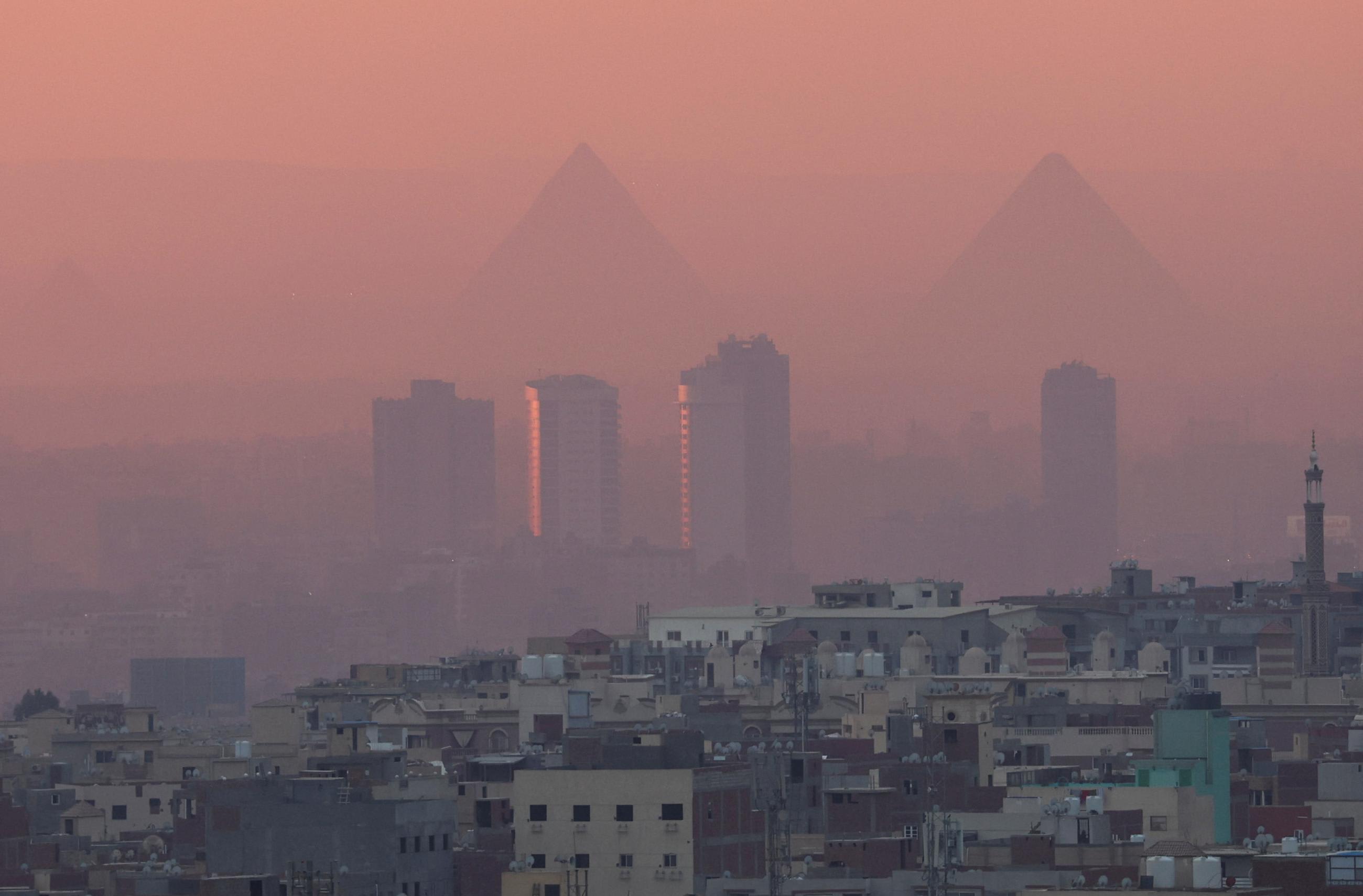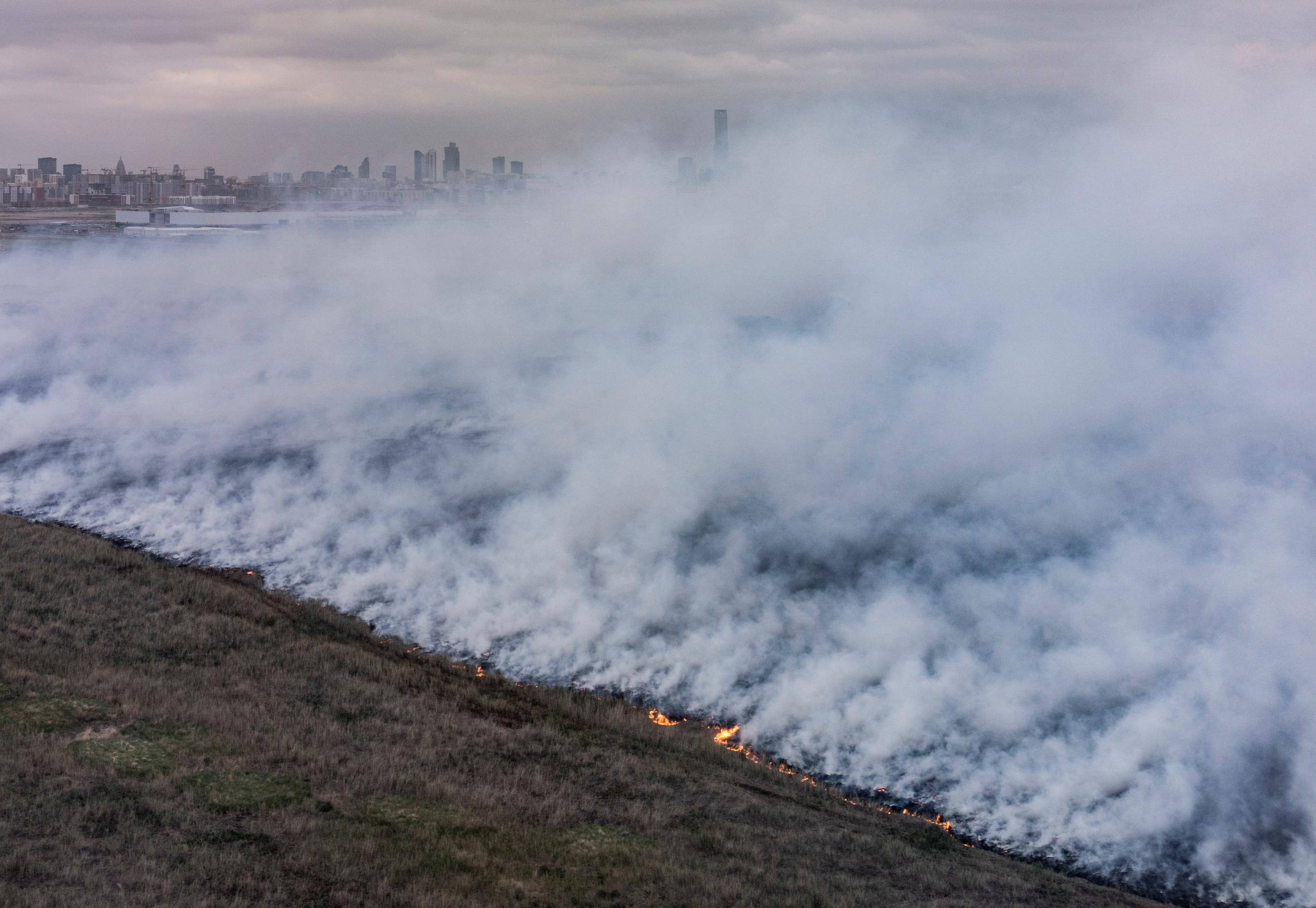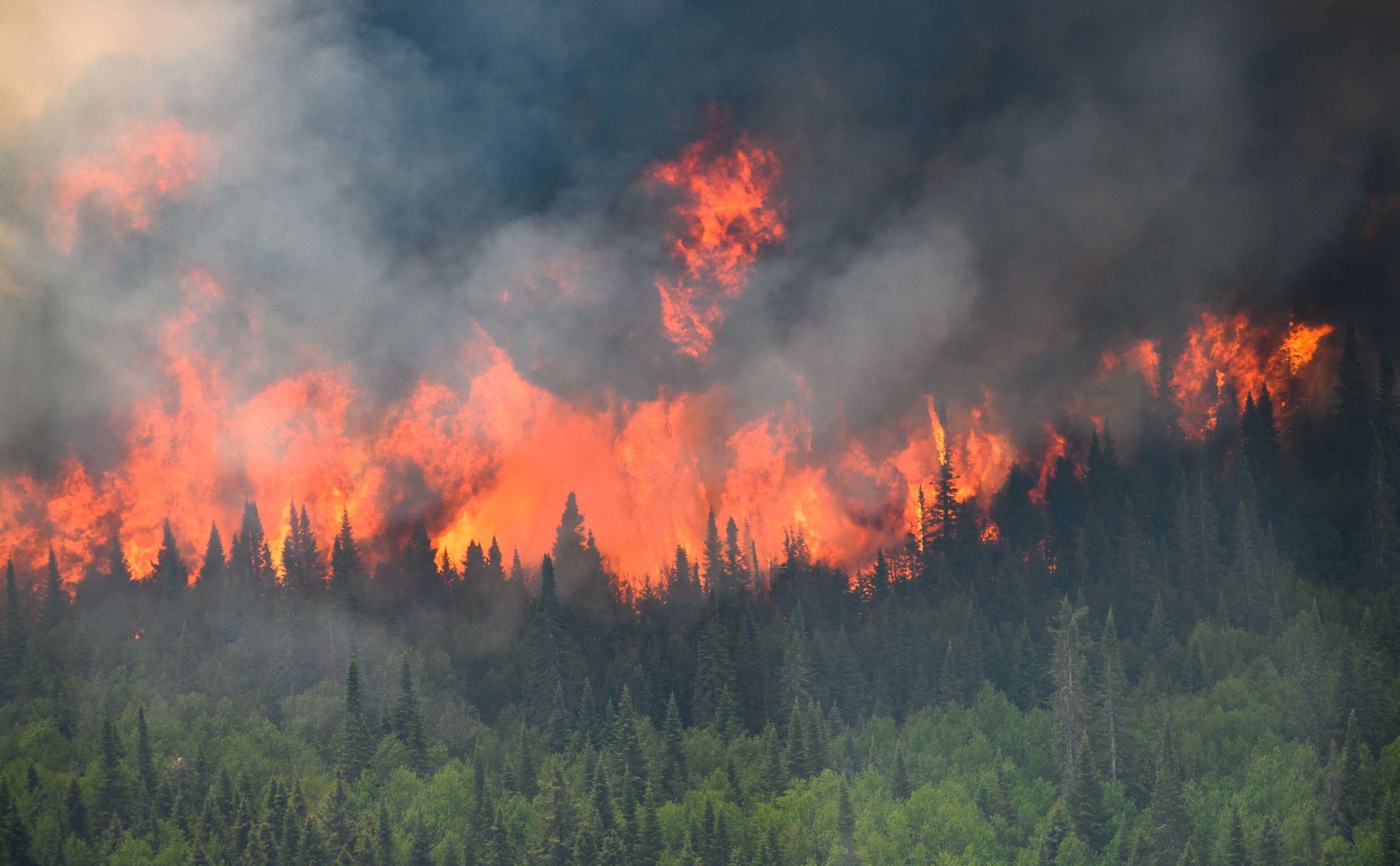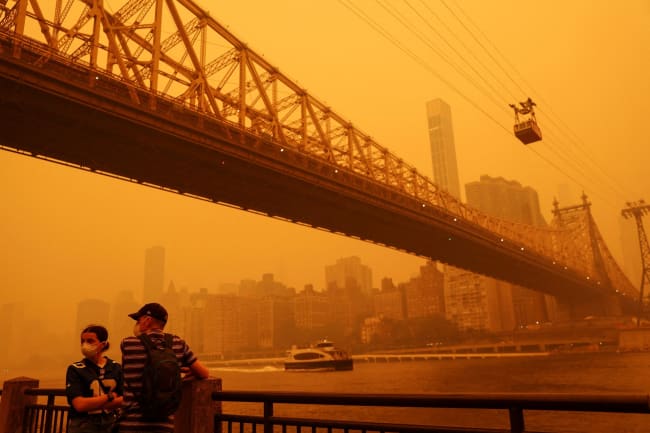It was a hazy, sooty, at times choking spring in much of North America as wildfires raged across Canada, blanketing parts of the United States with smoke that reached as far as Norway. It's been the worst year of air quality for the eastern United States in recent memory, affecting air quality for 100 million people— and it's only halfway through.
Even in a "normal" year, air pollution is the leading environmental killer and the fifth-leading cause of death worldwide, accounting for an estimated nine million premature deaths a year. Despite the clear hazards, many world leaders remain unconcerned about air pollution and have not demonstrated the political will to remedy it.
Often invisible, toxic air is a widespread human health hazard. Almost every city dweller on earth breathes air with pollutant levels that exceed World Health Organization (WHO) air quality limits, threatening their health. The evidence of air pollution's pernicious effects continually grows, recent studies finding that even low levels of many pollutants do significant harm. Particulate matter (PM) is especially injurious, and particles less than 2.5 microns in diameter — smaller than the width of a human hair — can enter the bloodstream and penetrate every bodily organ, including the brain. Known as PM2.5, this class of particles is shown to contribute to cardiovascular and respiratory diseases, Alzheimer's and Parkinson's and dementia, cancer, mental illness, and miscarriage and premature birth and low birth weight.
Like greenhouse gases, particulate matter and other forms of air pollution do not observe national borders and thus pose a problem for the global commons. Yet only regional efforts are under way and no global treaty addresses air quality, nothing analogous to the Montreal and Kyoto Protocols or Paris Agreement that respectively coordinate the global response to ozone-depleting gases and climate change. It is bitterly ironic that the airborne pollutants most acutely affecting human health have failed to draw political attention or motivate a coordinated global response when the sources of particulate matter and of greenhouse gases are largely the same: fossil fuels, agriculture, vehicles, and, increasingly, forest fires.

Even cities, where a growing majority of the global population lives, have not responded to air pollution commensurate with its deadly effects. Ascertaining baseline levels of air pollution is a first step to addressing it, but many cities (particularly those in the Global South, but also in the United States) struggle to regularly monitor dangerous air pollutants. In 2022, the WHO found that 40 percent of countries have no ground monitors for major classes of air pollutants including PM10, PM2.5, and NO2. A 2019 UNICEF report found that only 6 percent of African children live near a reliable air quality monitoring station, relative to 72 percent of European children. In the absence of basic monitoring of air pollution, it's simply not feasible for cities to manage the problem, particularly given the diversity of sources that affect urban air quality. Even in wealthy countries that do monitor, the impacts of air pollution fall unequally across the population. In the United States, lower income residents and people of color are disproportionately exposed to higher levels.
Once the data is in hand, it needs to be acted upon. While serving on the World Economic Forum's Global Future Council for Air Quality, we attempted to compile a playbook for city planners and policymakers striving to tackle air pollution. We found, though, that no basic template exists for cities to follow, particularly those that do not have adequate resources or technical know-how, because every city presents a distinct mix of air pollution sources and available resources to address them.
In South Asian countries such as India and Nepal, outdoor brick kilns are a major contributor to local and regional air pollution, whereas Chinese cities such as Beijing and Shanghai have had success reducing air pollution by eliminating coal-fired power plants and targeting vehicular emissions. Cities in the Global North have their own challenges: London, which achieved dramatic reductions in PM2.5 over the past half century, still struggles with NO2 pollution. In addition, as New Yorkers learned this spring, airborne particulate matter travels across borders, meaning that wildfires hundreds or even thousands of miles away can choke a city's air, obscuring decades of policy-driven air quality improvements.
What should cities address first: PM, NOx, or ozone? Which sources pose the greatest threats to human health, and where could the greatest gains in pollution reduction be achieved? Policymakers wrestle with these questions. Yet, unlike climate change, which benefits from the concerted efforts of a global scientific community and coordinated initiatives, improved air quality is not the focus of similar global collaboration. The absence of well-defined best practices and essential roadmaps is a glaring omission.
This year's extreme wildfires present a crisis we cannot afford to dismiss as a one-off event. A UN report released last year underscored the new normal of living with fire, given that climate change fuels an increase in the share of wildfires deemed extreme, to 14 percent by 2030 and 30 percent by 2050. Having lived in Asia for a significant portion of my adult life, I experienced firsthand some of the most infamous episodes of air pollution, including Beijing's "airpocalypse" in 2013 and Singapore's record-setting haze in 2015. Yet many of my Western counterparts regarded these events as developing country problems. The recent wildfires—and wildfires to come—could be the link between climate change and air quality that provides the stark wake-up call the United States needs. Air pollution remains an urgent and persistent public threat that demands immediate political action.













